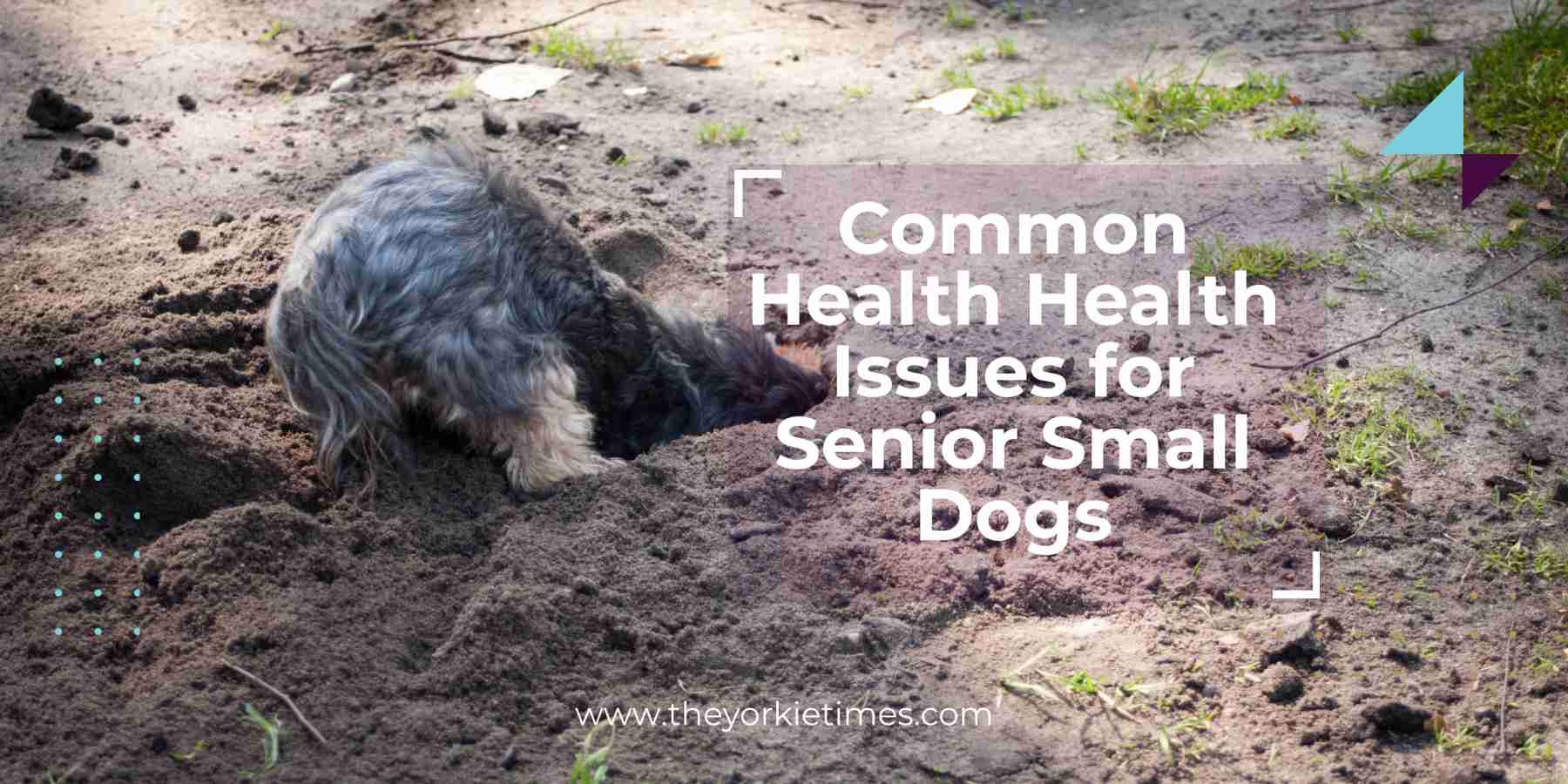Common Yorkie Health Disorders
The Yorkshire Terrier is the most popular “toy” dog breed in the United States, packing a big personality into a small body. If you’re thinking of adopting a Yorkie or already have one in your family, awareness of common health disorders is necessary.
Hypoglycemia
Hypoglycemia is a fancy word for low blood sugar. It is important for the body to consistently supply glucose to the bloodstream, as this is the fuel source for muscles and the brain. Having too little or too much throws the body out of whack.
It is more common in the first few months of life, so puppies need close monitoring. However, it is still possible for older Yorkies to have hypoglycemia too. Things that induce low blood sugar include low birth weight/size, stress, and poor diet.
Symptoms to watch for:
- Shaking or Tremors
- Drowsiness
- Seizures
- Confusion
- Weakness
- Depression
- Coma (at its most severe)
If you see these symptoms, address the problem right away to stabilize your Yorkie before transporting them to a vet by:
- Rubbing honey on their gums
- Wrapping them in warm towels or a heating pad
This isn’t as common in adult Yorkies as in puppies, it can happen, especially during pregnancy or alongside other diseases. Feeding a Yorkie small, protein-rich meals throughout the day can aid in preventing hypoglycemia by providing a steady source of glucose and energy.

Portosystemic Shunt
This disease involves an abnormality to the vein that brings blood into the liver and cleans it. When damaged, the blood released to other organs in the body acts like a poison because the ammonia hasn’t been filtered out.
Symptoms of this disorder:
- diarrhea
- weak muscles
- loss of appetite
- loss of coordination
- vomiting
- drooling
- behavior changes
If your Yorkie exhibits any of these symptoms, get them to a vet immediately. While these issues could be caused by less serious illnesses, it is best for a vet to diagnose, as the best course of treatment is surgery.
In rare cases where surgery is not an option, some Yorkies manage the condition through antibiotics, low-protein diets, and ammonia-reducing medications.
Collapsed Trachea
This happens when the trachea (the tube allowing oxygen into and out of the lungs) narrows or becomes so weak it collapses. It is usually caused by a genetic weakness or by trauma, such as the pressure from a collar or a leash. Because of this vulnerability, Yorkies should only be walked on a harness.
Symptoms of a Collapsed Trachea:
- gagging sounds
- noisy breathing
- coughing
- labored breathing
- fainting/passing out
This issue needs prompt attention from a veterinarian to correct the tracheal damage. Sometimes reducing or eliminating pressure on the trachea is enough to allow it to reopen. In severe cases, surgery is the only solution.

Retinal Dysplasia
This is a genetic disease that is easily passed down from one generation to the next. It can also occur after injury to the eye or an infection. The retina is a vital part of the eye involved in the ability to see. If damaged, vision impairment or blindness occurs.
Symptoms include:
- Bumping into objects
- Stumbling
- Confusion
A vet can diagnose the condition after a thorough eye examination, however, there is no treatment or cure. For some Yorkies, the condition is mild and doesn’t cause a problem. For others who have severe vision impairments or blindness, it is important to provide consistency in the environment. You can achieve this by placing water, food, and toys in the same place, walking the same routes, and maintaining the layout of furniture in the home.
Luxating Patella
This is the medical term for a dislocated kneecap. With this condition, the kneecap permanently moves out-of-place or it shifts back and forth, causing intermittent symptoms. The most common symptom is pain, indicated by whimpering or yelping. Some dogs may also limp or change gait.
For mild cases, rest and anti-inflammatory medications are the first course of action. After that, vets recommend exercises to strengthen the muscles in the leg, the easiest being walking uphill. For severe cases, surgery can correct the problem.
Legg-Perthes Disease
Legg-Perthese Disease involves the degeneration of the head of the femur bone which is located in your dog’s hind leg. This results in bone and joint inflammation, and the disintegration of the hip joint aka coxofemoral.
The exact cause of this disease is unknown but blood supply issues to the head of the femur bone are seen in dogs with this disease. It is commonly seen in toy and small-breed dogs, like yorkies, and most dogs affected by Legg-Perthes Disease are between five and eight months in age.
Loki was diagnosed when he was ten months old and had surgery to fix his leg. Had we known about Legg-Perthes Disease, he may of been diagnosed sooner but he wasn’t showing any symptoms until he was playing in the park with bigger dogs.
This is not a complete list of health issues affecting Yorkies, only some of the most common you may encounter in the life of your pup. Other issues to be aware of include:
- Pancreatitis
- Hemorrhagic Gastroenteritis
Routine check-ups with your veterinarian are a great way to monitor the health of your Yorkie and catch these problems before they become severe.
If you have questions or want more information on caring for your Yorkshire Terrier, please contact your local veterinarian. The Yorkie Times strives to provide you with all the information you need to live a fun and happy life with your pet.





Recent Comments